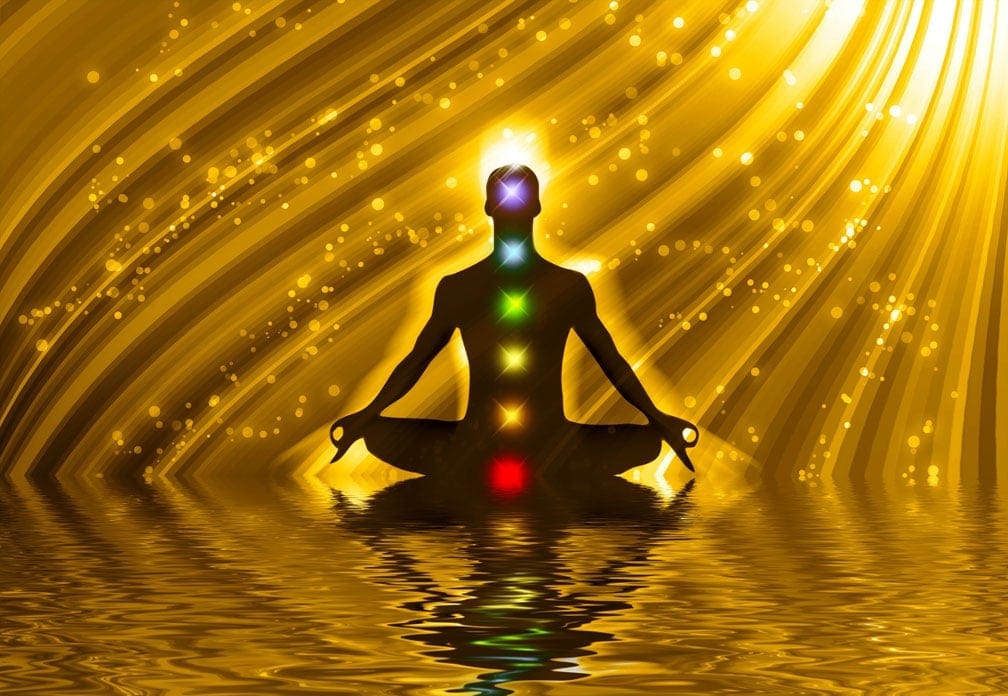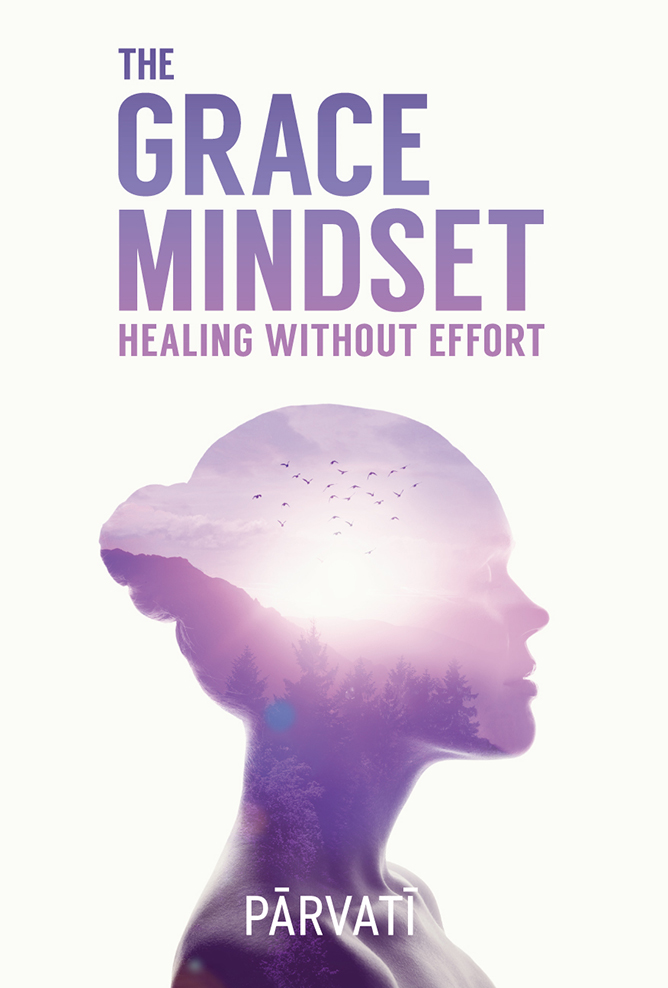Ujjayi Pranayama and Hatha Yoga Practice: From Overheating to Effortless Effort
(Continued from last week’s post)
THE PRACTICE OF UJJAYI PRANAYAMA
In order to practice ujjayi, a subtle shift takes place in the movement of air-flow, which creates a flowing ocean-like sound. However, too often I have seen an attachment to using this breath create deeper tension in both the physical and energy systems of the practitioner, rather than burning up the ego’s sense of separate self-importance. Aspiring yogis may tend to “manufacture” ujjayi, which creates tension and defeats the purpose of its energetic flow. I have spent a lot of time with students and teachers in yoga sessions undoing a block that is created in the physical and energy body from this type of effortful practice.
Effort of any kind requires a certain willpower. But where does this willpower come from? Does it arise from our effortless interconnection with nature? Does is come from our idea of what yoga is? Where are we trying to get to in applying it? If this moment contains all we need to fully realize the oneness of all that is, then any use of wanting to get somewhere else arises from a disconnected state that will only perpetuate more of the same. When practicing Hatha yoga of any kind, we need to cultivate witness consciousness, that is, witnessing the arising of effortless action – the very force of life itself – as it moves through our body/being.
From my experience, ujjayi occurs naturally as energy begins to effortlessly move through a Hatha yoga practice. After all, the physical poses in Hatha yoga known as “asana” are meant to do just that – move energy. So ujjayi will begin to occur as the practice evolves. When we “try” to get to something “out there”, we come from a place of disconnection, create wanting, which only creates further disconnection, which is neither the foundation of happiness nor of a healthy yoga practice.
While ujjayi may be commonly described by teachers as a constriction applied at the back of the throat, I have found conversely that the ujjayi breath is not an expression of any tension or constriction whatsoever, but is an effortless arising. It is expressed as a yawn-like opening through the soft palate and throat, rather than the application of tension to create a glottal closing. When ujjayi breathing is naturally flowing, the back of the throat and neck are broad and neutral, making the breath both spacious and focused. With a broad soft palate, the breath moves effortlessly in and out of the nose.
Ujjayi breath encourages the movement of energy spontaneously and naturally from the yogi’s root center to the crown. The ujjayi breath is a full body energetic experience that passes through the sushumna, that is, the central channel of energy that runs through the spine. If the energy of the sushsuma is not yet cleared, flowing and awakened, the heat of an effortful or applied ujjayi breath centers around the neck and base of the brain, overheating the reptilian centers of the brain, creating more wanting, ego-driven willpower and physical attachment. From my experience, it defeats the purpose of the practice.
I discourage teaching ujjayi in classes for a few reasons:
– Most people are not yet experiencing a fluid energy through the sushumna
– It is a practice that requires effortless effort, which in itself is a meditation that is easily misunderstood
– If done incorrectly, it overheats the practitioner’s physical and energetic systems, creating energetic disturbances, which in turn, generate greater attachments
– It will arise naturally, through proper practice and instruction, when the body/being is ready
Just like one simply witnesses a flower blooming, so too I do not “apply” ujjayi, but allow for it to arise, should it do so. I also do not willfully maintain it once a spontaneous expression of it shifts. I allow my body/being to show me in the next breath what IS, rather than what “I want” it to be. To me, this is central to the practice of yoga.
I find the best way towards a deeper yoga practice is to encourage the release of tension in the jaw, neck, throat and soft palate at first through yawning, so that eventually the ujjayi may naturally arise. Like opening up a bottleneck, I encourage the broadening of the throat through various awareness exercises aiding the sushumna to eventually clear and rise.
I find that focusing on releasing and opening alone encourages a deeper energetic experience. Simply helping people get into their bodies through mindful breathing, broadening and releasing is so powerful, as so many of us, in our technological, virtual world, seem to float above our innate and super potent connection with Nature. Let’s arrive into the present and let Nature show us the way. Is this not the directive of Hatha yoga?
May we learn to practice asana through a witness state, without imposing any agenda on that natural unfolding of the body/being. In so doing, may we learn to unveil our extraordinary interconnection with nature, which supports and nurtures us unconditionally.








